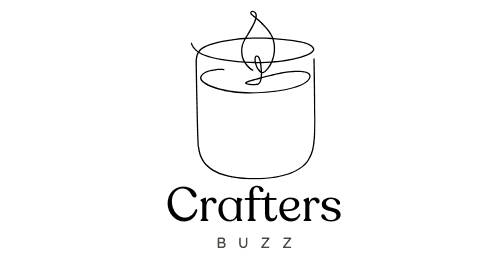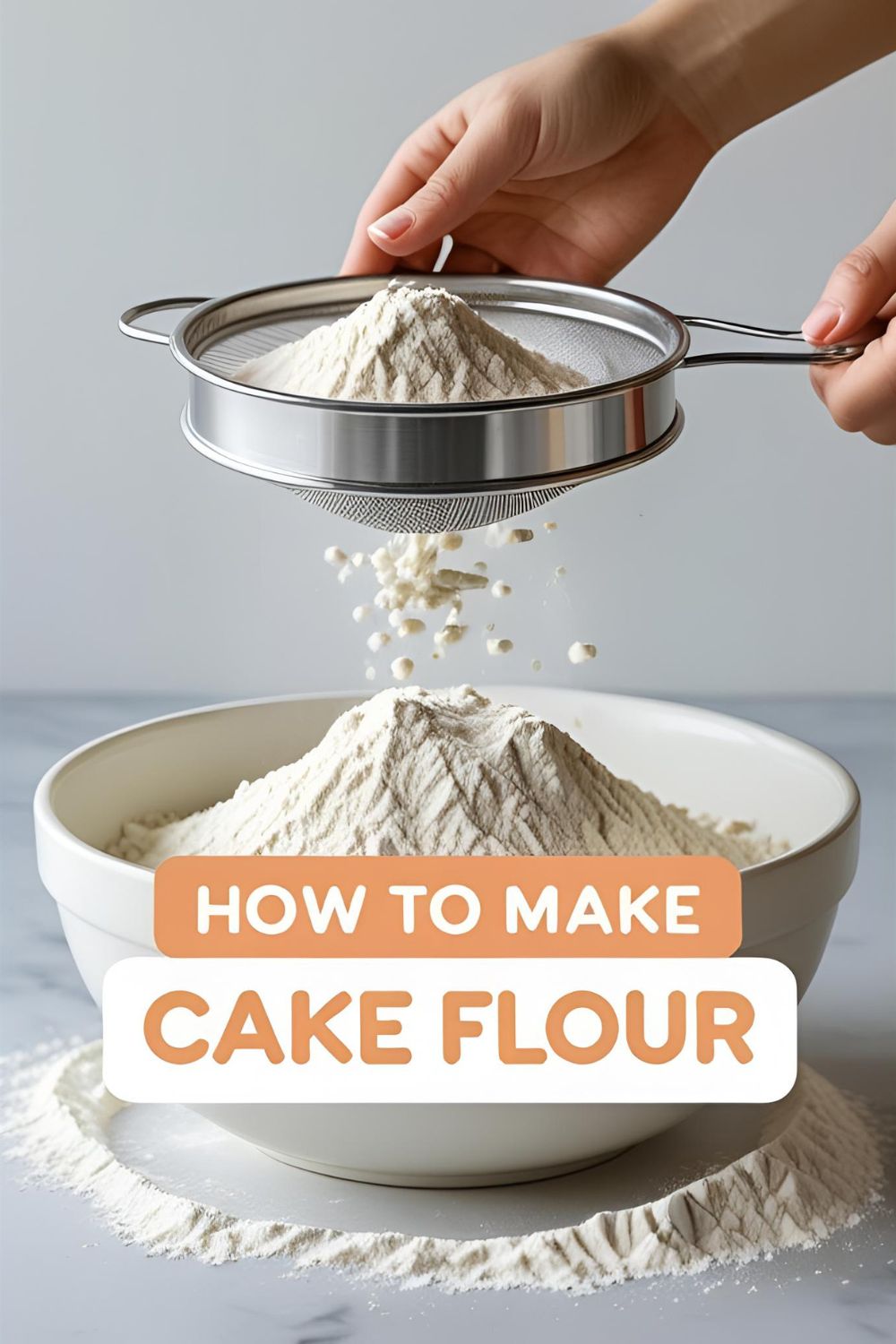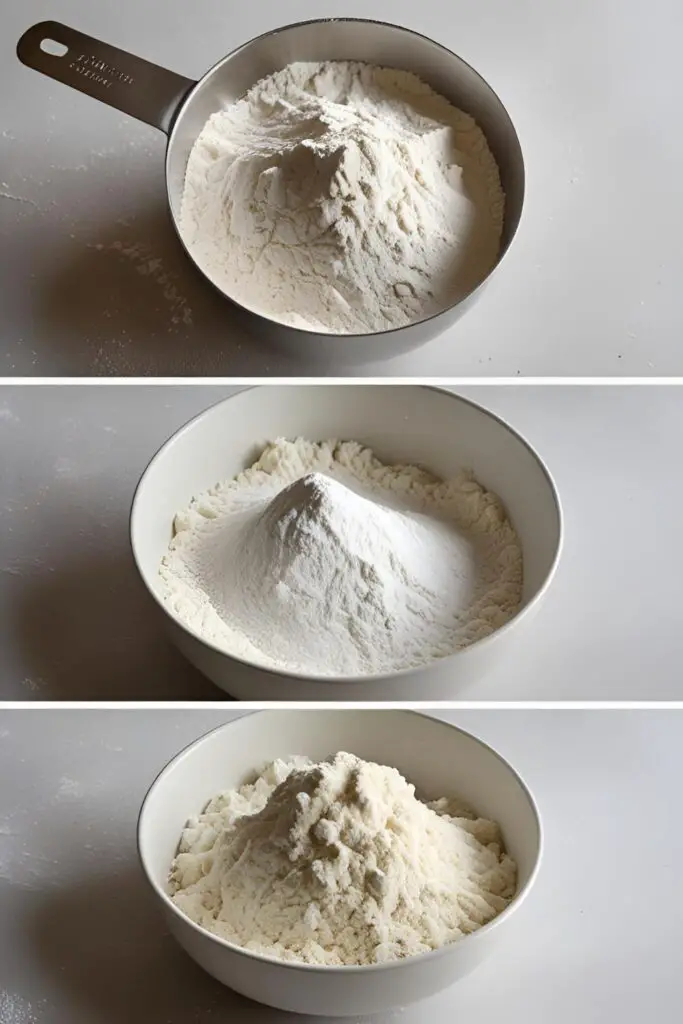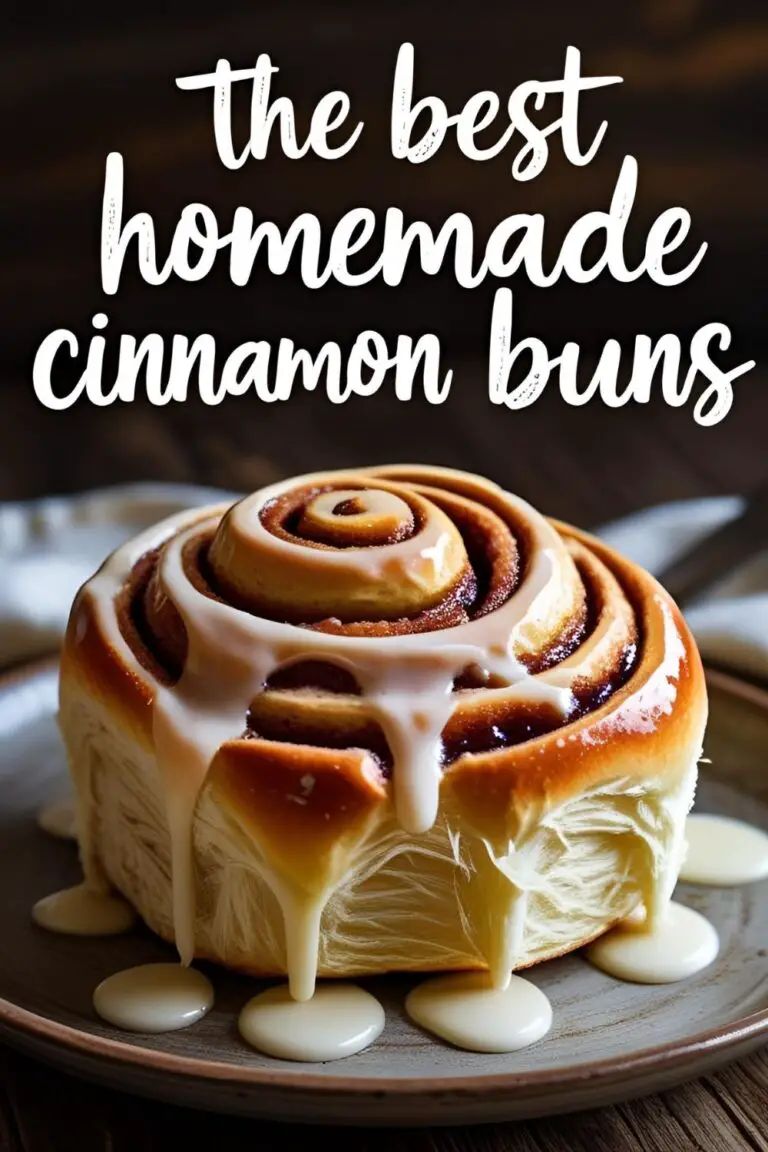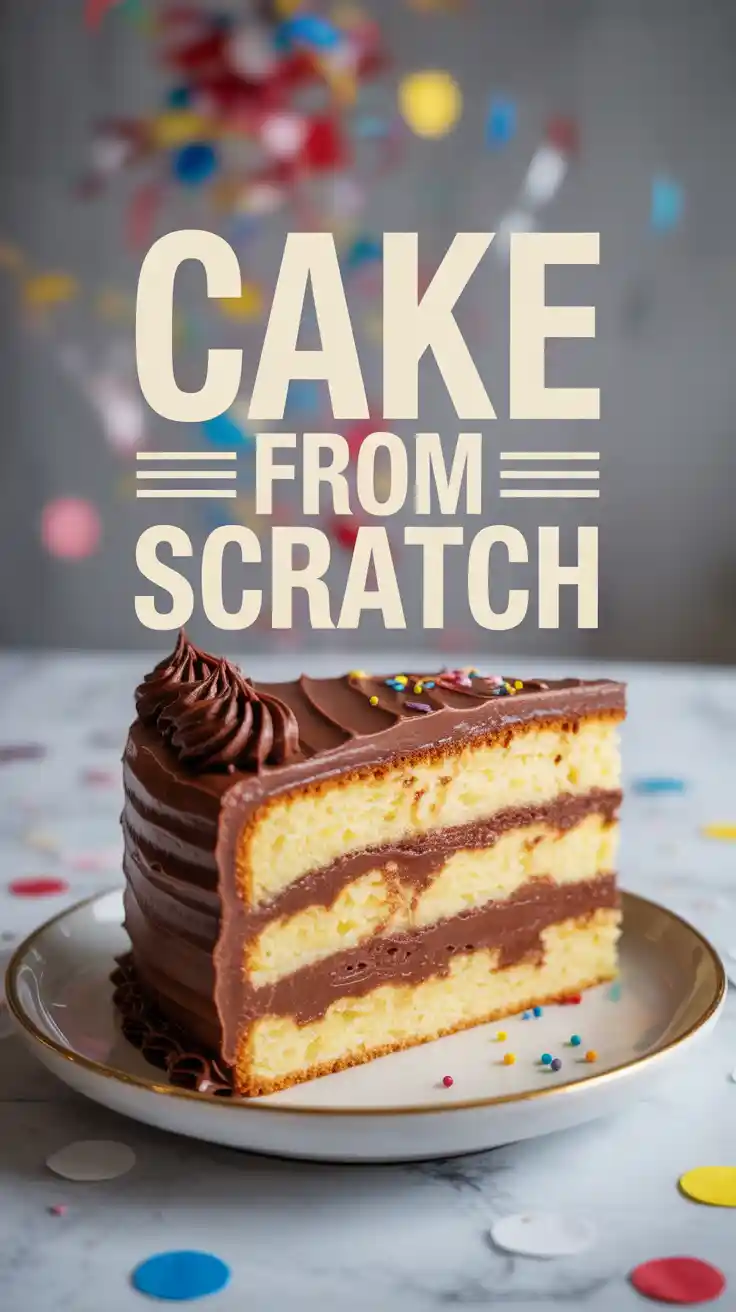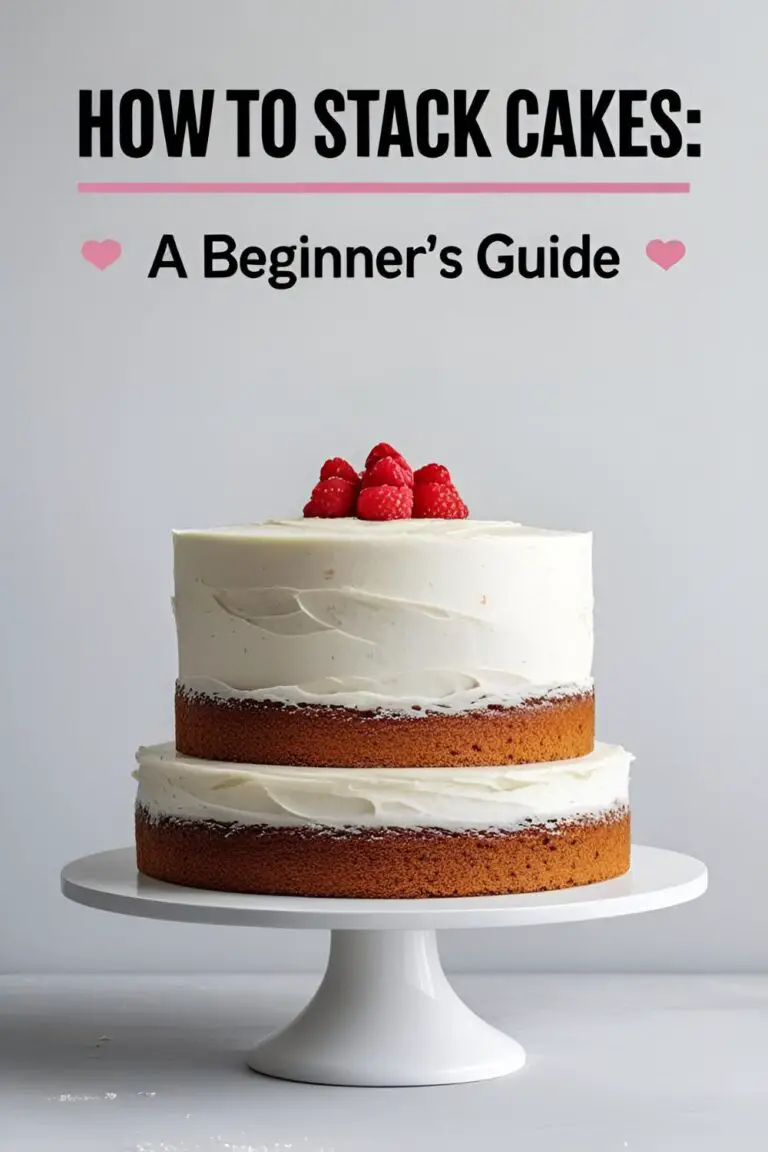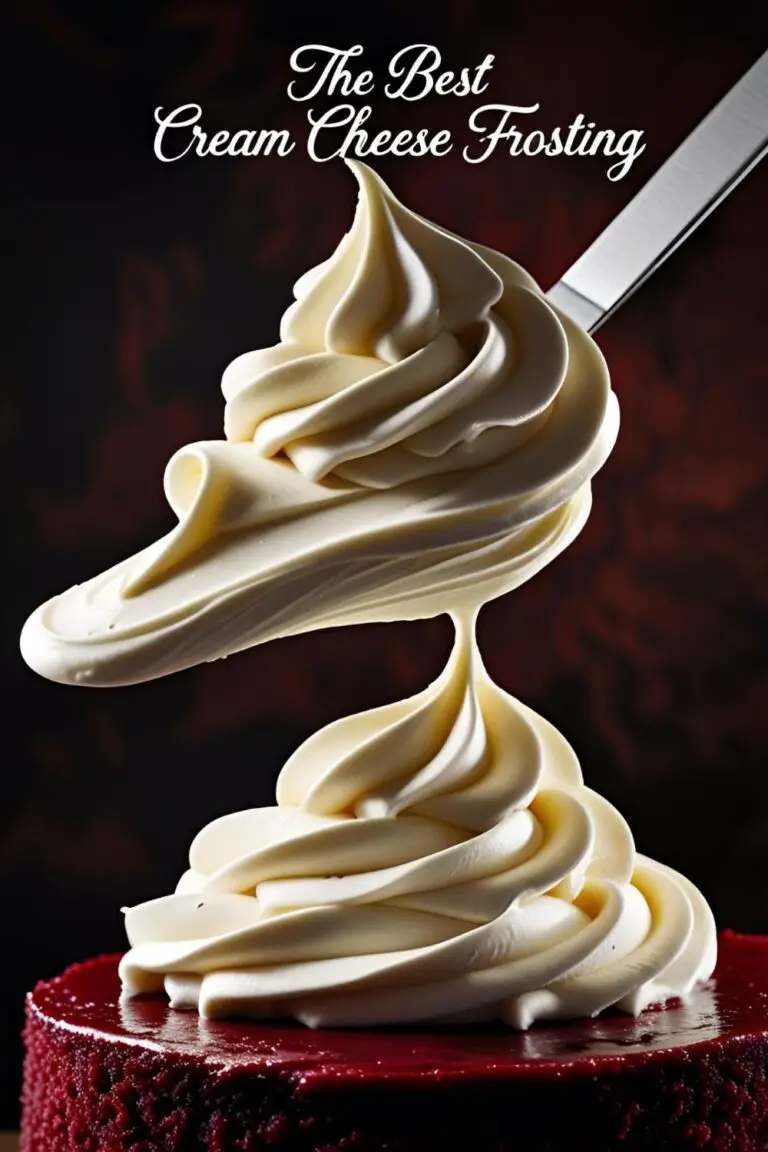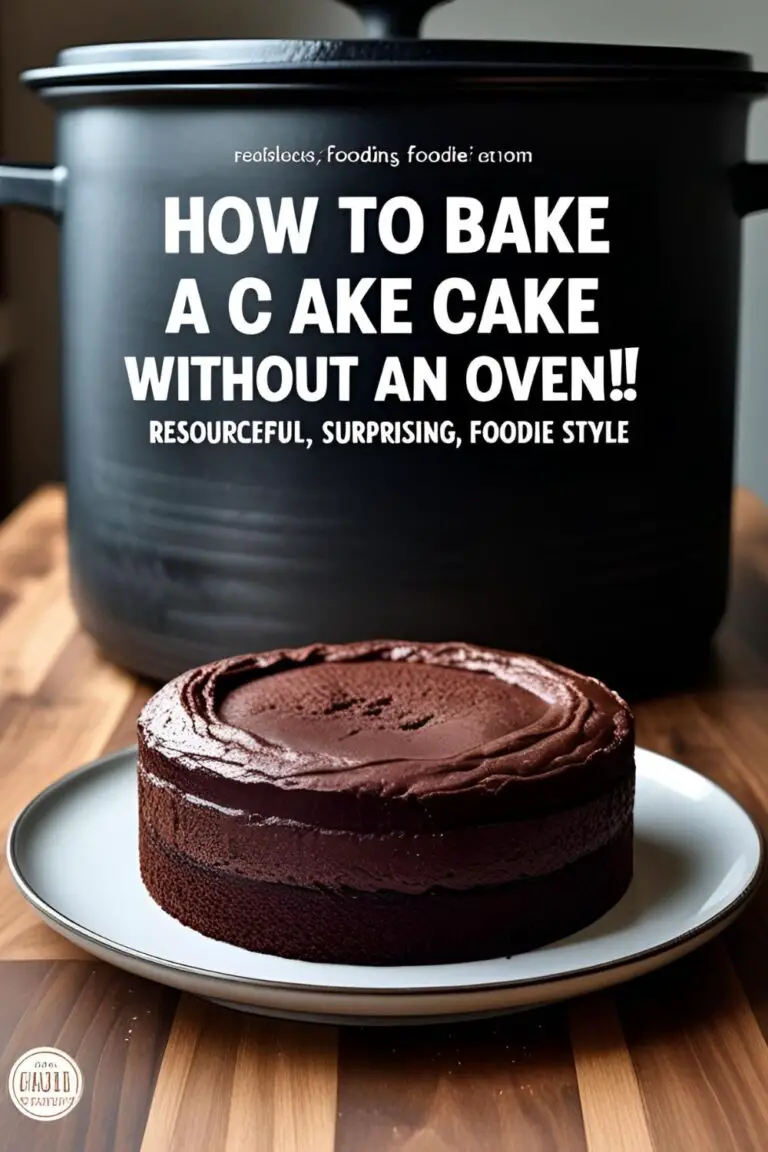How to Make Cake Flour: The Easy 2-Ingredient Substitute
How to Make Cake Flour: The 2-Ingredient Baking Miracle
So why is this little kitchen hack so darn awesome? Why should you bookmark this page and commit this to memory forever? Let’s break down the sheer genius of it. For starters, it will save your bake. No more abandoned cake projects or last-minute, frantic trips to the grocery store. You hold the power now.
Second, it will save you money. Have you seen the price of a box of cake flour compared to all-purpose? It’s often more expensive, and you probably use it way less often, meaning it just sits in your pantry judging you. And most importantly, this substitute works perfectly. It scientifically mimics the lower protein content of commercial cake flour, guaranteeing a more tender, delicate crumb in your cakes. It’s not just a replacement; it’s an upgrade to your baking arsenal.
Ingredients
Okay, brace yourself for this incredibly long and complex ingredient list. Are you ready?
- All-Purpose Flour
- Cornstarch
That’s it. I told you this was revolutionary. You probably have both of these within arm’s reach right now.
Tools & Kitchen Gadgets Used:
To perform this feat of culinary magic, you will need some highly specialized equipment.
- 1-Cup Measuring Cup
- 1-Tablespoon Measuring Spoon
- A Sifter or Fine-Mesh Sieve
- A Bowl
I know, I know, try to contain your shock at the complexity of it all.
Step-by-Step Instructions
This is the secret formula that will change your baking life. It’s a very precise, four-step process. Pay close attention.
- Measure 1 Cup of All-Purpose Flour: Take your 1-cup measuring cup. Using a spoon, scoop flour into the cup until it’s overflowing. Then, use the back of a knife to level it off perfectly. Do not pack the flour down! This is crucial for an accurate measurement.
- Remove Two Tablespoons of Flour: Now, take your 1-tablespoon measuring spoon and remove two level tablespoons of flour from the cup. Just scoop them out and put them back in your flour bag. Their work here is done.
- Add Two Tablespoons of Cornstarch: Take that same 1-tablespoon measure and add two level tablespoons of cornstarch back into the cup of flour. You are essentially replacing the protein you removed with starch, which is the whole secret to a tender cake.
- Sift Like Your Cake Depends On It (Because It Does): Dump the flour-cornstarch mixture into a bowl. Now, sift it. And when I say sift, I mean sift. Sift it from one bowl to another. Then sift it back. I recommend sifting the mixture at least 3-5 times. This isn’t just for show; this step is critical for thoroughly combining the two ingredients and aerating the flour, which creates that light, delicate texture we’re after.
And that’s it. You have just successfully created one cup of perfect cake flour substitute. Go ahead, take a bow.
Calories & Nutritional Info (Estimated)
Because I know someone will ask, let’s look at the “nutrition” of this concoction.
- Serving Size: 1 cup (approx. 120g)
- Calories: Roughly 440-460 kcal
- Protein: Slightly lower than 1 cup of all-purpose flour.
- Primary Benefit: Not nutritional, but structural. It makes your cakes tender and delicious, which is a different kind of nourishment, right?
Common Mistakes to Avoid
This is a simple process, but there are a couple of ways you can mess it up. Don’t be that person.
- Not Sifting Enough (Or At All): I’m serious about this. If you just stir the cornstarch and flour together with a fork, you’ll have dense, starchy pockets in your cake. You MUST sift it thoroughly to ensure it’s homogenous and aerated.
- Inaccurate Measuring: Baking is a science. Scooping your measuring cup directly into the flour bag packs the flour down, giving you way more than you need. Always spoon the flour into the cup and level it off.
- Using Self-Rising Flour: Oh, the horror. Do not, under any circumstances, use self-rising flour as your base. It already contains baking powder and salt, and using it will create a chemistry experiment that will likely end in a volcanic eruption in your oven.
- Forgetting the Ratio: The magic ratio is 1 cup of AP flour MINUS 2 tablespoons, PLUS 2 tablespoons of cornstarch. Don’t just add cornstarch to a full cup of flour. You must remove some flour first!
Variations & Customizations
How do you customize… flour? Well, think of it this way.
- Make a Big Batch: Don’t want to do this every time you bake? Make a larger batch! For every cup of all-purpose flour in a large container, add 2 tablespoons of cornstarch. Whisk it all together, and then give the whole container a vigorous shake before you use it each time to re-aerate it. Or, for 4 cups of cake flour, measure 4 cups of AP flour, remove 8 tablespoons, and replace with 8 tablespoons of cornstarch, then sift, sift, sift.
- DIY Pastry Flour: Pastry flour is the middle ground between cake flour and all-purpose flour. To make a substitute, use the same method but with a 1:1 ratio. For every 1 cup of flour, remove 1 tablespoon of flour and replace it with 1 tablespoon of cornstarch.
- Gluten-Free “Cake Flour”: While you can’t reduce the protein in GF flour, you can mimic the lightness. Take your favorite gluten-free all-purpose blend and add 2 tablespoons of cornstarch per cup. Sifting is still your best friend here to create a lighter, more tender result in your GF baked goods.
FAQ Section
You’ve got questions about this magical powder? I’ve got answers.
Q1: What is cake flour, really? And why is it different? Cake flour is a finely milled flour made from soft winter wheat. It has a lower protein content (about 7-9%) than all-purpose flour (10-12%). Less protein means less gluten formation, which results in a softer, more tender, and finer-crumbed baked good—perfect for delicate cakes.
Q2: Can I just use all-purpose flour in a recipe that calls for cake flour? You can, but your cake will be noticeably tougher and denser. If the recipe author specifically called for cake flour, they did it for a reason—to achieve a certain delicate texture that AP flour just can’t deliver on its own.
Q3: Does this 2-ingredient substitute work in any recipe that calls for cake flour? Yes! You can use this DIY cake flour as a 1:1 replacement for store-bought cake flour in any recipe.
Q4: Why is sifting so important? Sifting does two crucial things: it evenly combines the flour and cornstarch, and it aerates the mixture. This aeration process incorporates air, making the flour lighter and helping your cake achieve a higher rise and a more delicate texture.
Q5: Can I use arrowroot starch or potato starch instead of cornstarch? Yes, in most cases, arrowroot starch will work as a 1:1 substitute for cornstarch in this recipe. Potato starch can also work, but cornstarch is the most common and reliable option.
Q6: How should I store my homemade cake flour? If you make a big batch, store it in an airtight container in a cool, dry place, just like you would with regular flour. Label it clearly so you don’t forget what it is!
Q7: Is this the same as “soft flour” in other countries (like the UK)? Yes, generally. “Plain flour” in the UK is similar to American all-purpose flour, while “soft flour” or specific cake flours would have a lower protein content, similar to what we’re creating here.
Final Thoughts
And there you have it. You are now officially a baking ninja, armed with a secret weapon that can save any cake recipe from the brink of disaster. You’ve outsmarted the grocery store, you’ve conquered your pantry, and you’ve unlocked the key to a truly tender crumb. Never again will you be thwarted by an ingredient list. Now go forth and bake something amazing.
